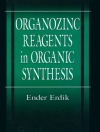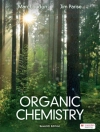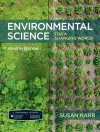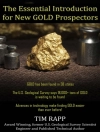Edited by Professor CJ Li, one of the leading international experts in the fields of Green Chemistry and Green Synthesis, this volume presents such hot topics as synthesis without protecting groups, multi-component reactions, and synthesis in green solvents.
The Handbook of Green Chemistry comprises of 9 volumes in total, split into 3 subject-specific sets. The three sets are available individually. All 9 volumes are available individually, too.
Set I: Green Catalysis
– Volume 1: Homogeneous Catalysis
– Volume 2: Heterogeneous Catalysis
– Volume 3: Biocatalysis
Set II: Green Solvents
– Volume 4: Supercritical Solvents
– Volume 5: Reactions in Water
– Volume 6: Ionic Liquids
Set III: Green Processes
– Volume 7: Green Synthesis
– Volume 8: Green Nanoscience
– Volume 9: Designing Safer Chemicals
The Handbook of Green Chemistry is also available as Online Edition .
Podcasts
Listen to two podcasts in which Professor Paul Anastas and Journals Editor Paul Trevorrow discuss the origin and expansion of Green Chemistry and give an overview of The Handbook of Green Chemistry.
Table of Content
Introduction
Evaluation the Greenness of Syntheses
Chemistry to Biomass Feedstocks for Synthesis
Synthesis in green solvents
Catalytic atom-economical reactions
Multi-component reactions
Flow syntheses
Synthesis without protecting groups
Synthesis via enzymes
Synthesis via C-H functionalizations
Synthesis without metals
Chemistry beyond functional group transformations
Synthesis assisted by light and electricity
Computer-assisted synthetic approaches
About the author
Paul T. Anastas joined Yale University as Professor and iserves as the Director of the Center for Green Chemistry and Green Engineering at Yale. From 2004-2006, Paul Anastas has been the Director of the Green Chemistry Institute in Washington, D.C. Until June of 2004 he served as Assistant Director for Environment at e White House Office of Science and Technology Policy where his responsibilities included a wide range of environmental science issues including furthering international public-private cooperation in areas of Science for Sustainability such as Green Chemistry. In 1991, he established the industry-government-university partnership Green Chemistry Program, which was expanded to include basic research, and the Presidential Green Chemistry Challenge Awards. He has published and edited several books in the field of Green Chemistry and developed the 12 principles of Green Chemistry.












